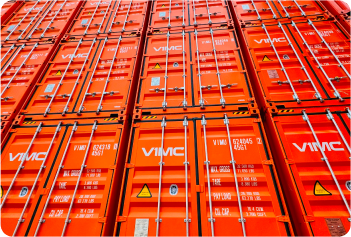The global maritime market in Q1/2025 is experiencing mixed signals: freight demand is rebounding strongly, but supply chain infrastructure struggles to keep up, leading to rising freight costs and mounting supply chain risks.

Following a slow 2024 due to inflation and mild global recession, international trade has shown clear signs of recovery:
Despite rising demand, global shipping routes are still under stress due to:
Freight rates are climbing again, though still below the peak levels seen in 2021:
Analysts expect continued momentum in Q2/2025, but several risks remain:
The 2025 maritime market is off to a robust start but faces growing uncertainties. Exporters and importers must closely follow market developments, adopt flexible logistics strategies, and optimize transport costs to stay competitive in an increasingly complex global trade environment.